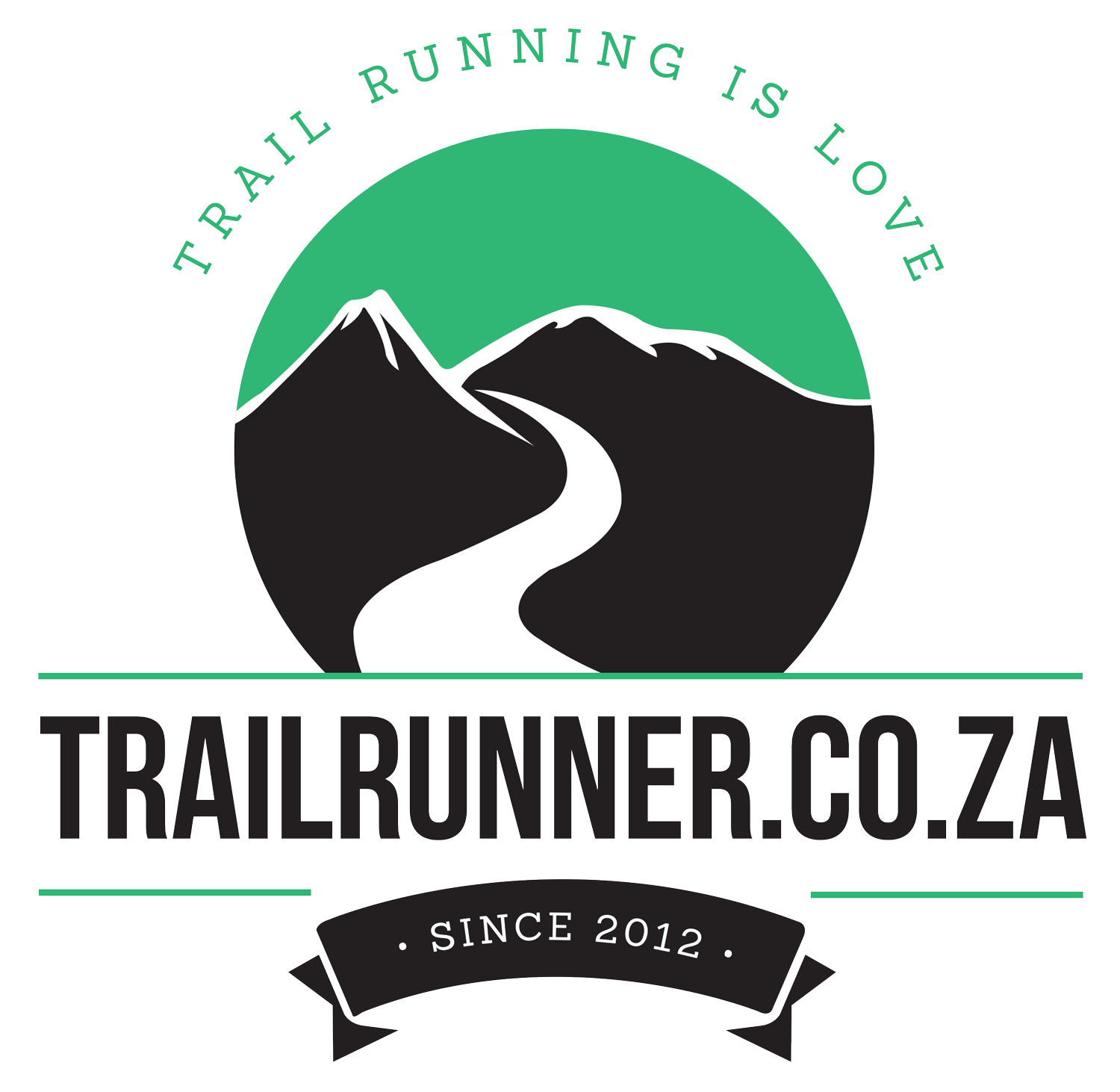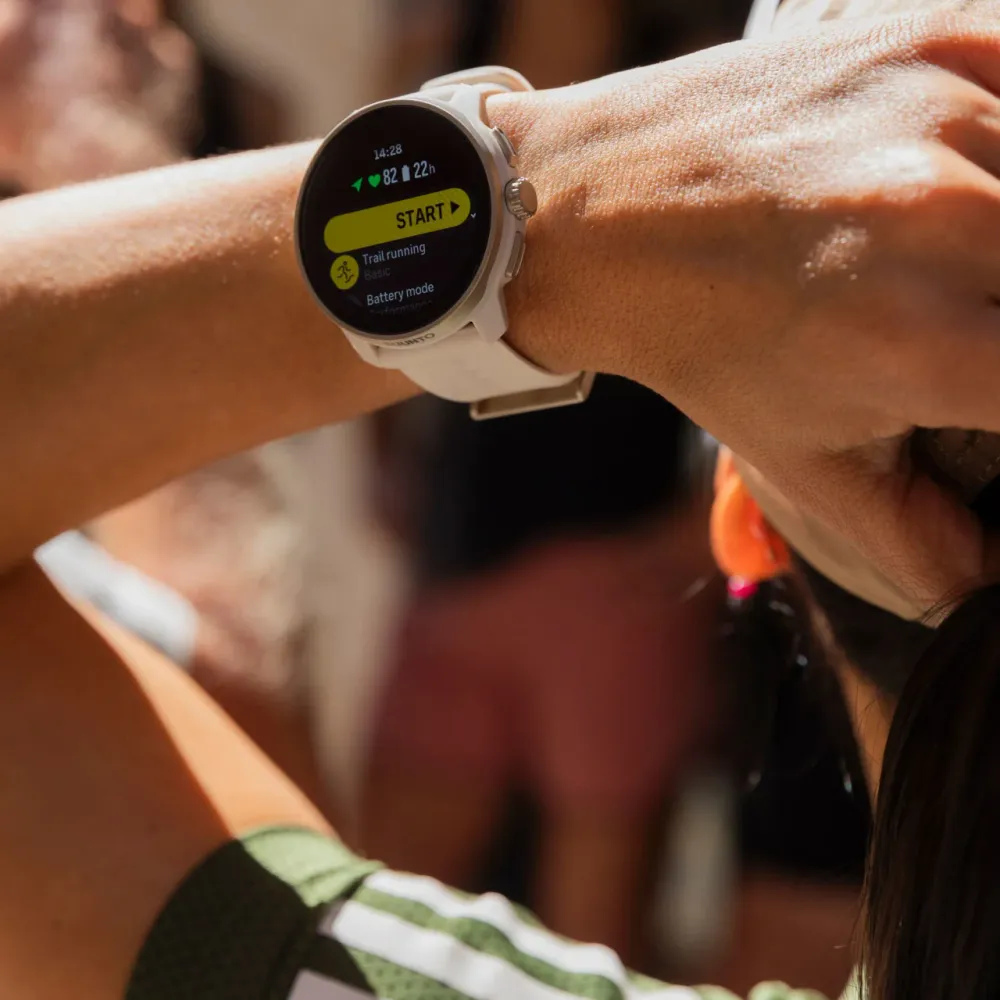If you saw me jogging along Dubai’s Jumeirah Beach last week, you might’ve thought, “Is that guy even trying?” I was plodding along at 7:30 min/km, heart rate barely ticking over at 130 bpm, looking like I was out for a casual stroll rather than training for the Ultra-Trail du Mont-Blanc (UTMB) in 2030. Truth is, running this slowly feels weird. It’s borderline embarrassing, like I’m holding myself back on purpose. If I cared about looking cool, I’d probably speed up just to save face. But I’m not here for Instagram-perfect runs. I’m here to share the raw, unfiltered journey – the good, the awkward, and the downright humbling. So, why am I running so slowly? Let’s dive into the science, the struggle, and why this snail’s pace is the foundation for my five-year plan to conquer UTMB.
The Mental Battle of Going Slow
Running slowly is hard. Not physically – my legs could easily crank it up to 5:30 min/km and feel fine. The real challenge is mental. It feels lame, like I’m not pushing hard enough. I’m 39, a former competitive trail runner who used to fly down Table Mountain’s technical descents. Now, I’m shuffling along flat Dubai roads, watching cyclists and power-walkers breeze past. If I’m honest, there’s a tiny voice in my head saying, “Kyle, you’re better than this.” But that’s exactly why I’m doing it.
This isn’t about ego. It’s about building something bigger – a body and mind ready to tackle 170km and 10,000m of climbing around Mont Blanc. To get there, I’m leaning on science, not pride. My current training plan has me running 80-90% of my weekly volume (57-65 km right now, aiming for 80-90 by December 2025) in Zone 2, a heart rate range of 116-138 bpm for me. That’s stupidly low intensity. At this pace, I could hold a conversation or sing a song (not that I’m subjecting anyone to that). But the data says this is the key to ultra endurance, so I’m swallowing my pride and sticking to it.
The Science of Zone 2: Why Slow is Strong
Zone 2 training is all about aerobic base building. Think of it like laying the foundation for a skyscraper – it’s not flashy, but without it, the whole thing collapses. When you run in Zone 2, your body relies primarily on fat for fuel, sparing glycogen stores for when you really need them (like hour 20 of an ultra). It also improves mitochondrial efficiency, meaning your cells get better at producing energy over long periods. Studies, like those in Sports Medicine (2020), show that high-volume Zone 2 training can increase VO2 Max by 5-10% in as little as 12 weeks, even in trained athletes. My own VO2 Max jumped 4.7% (from 40.4 to 42.3 mL/kg/min) in just two weeks of consistent Zone 2 work in April 2025. That’s not a fluke – it’s the body adapting.
The magic of Zone 2 lies in its intensity sweet spot: hard enough to stimulate adaptation, easy enough to avoid overtraining. For me, that’s 116-138 bpm, which translates to a glacial 7:20-7:40 min/km on flat terrain. Elite ultra runners like Kilian Jornet and Hal Koerner swear by this approach, spending 80% of their 120-150 km weekly volume at low intensity. Jornet, for example, often logs hours at paces that would make a casual runner yawn, but it’s why he can summit peaks and still crush 100-mile races. By keeping my heart rate low, I’m training my body to handle the massive volume I’ll need for UTMB – think 100-120 km weeks by 2028 – without burning out.
There’s another perk: recovery. Zone 2 runs leave me sore but not wrecked. After my long run last weekend (20 km Saturday), my legs were grumpy, but I was back running Monday morning. Compare that to a high-intensity session, where I’d be hobbling for days. A 2023 study in Journal of Applied Physiology found that low-intensity training reduces muscle damage and inflammation compared to high-intensity efforts, letting athletes stack more volume week after week. For a dad balancing work and family, that’s gold. I can’t afford to be a zombie after every run.
The Struggle is Real
Let’s not sugarcoat it – sticking to Zone 2 is a grind. Here’s what makes it tough:
- It Feels Pointless: When you’re used to pushing hard, running slow feels like you’re not improving. Every fiber of my competitive soul wants to hammer it, but I have to remind myself that slow is strategic.
- Boredom: Dubai’s flat roads aren’t exactly inspiring. Staring at the same beachfront for 20 km at 7:20 min/km tests my patience. It is beautiful in its own way, so at least there is that.
- Social Pressure: Running with others is tricky. Most group runs are too fast for Zone 2, and explaining why I’m lagging behind sounds like an excuse. For now, I’m mostly a solo runner, which suits my 5:30 AM starts anyway.
- Doubting the Process: When my pace feels sluggish, it’s tempting to think, “Is this even working?” But then I check my data – HRV where I need it, VO2 Max creeping up, pace at 130 bpm dropping to 7:20 min/km from 7:30 two weeks ago – and I see progress.
The mental hurdle is why I’m being open about this. Social media loves to show polished runners crushing hill sprints or flying through alpine trails. That’s not my reality right now. I’m a guy in Dubai, grinding out slow miles on a treadmill or dodging tourists on the beach, all for a dream five years away. If sharing that inspires even one person to stick with their own journey, it’s worth it.
How I’m Making Slow Work
To stay committed to Zone 2, I’ve got a few tricks:
- Data is My Anchor: I track everything – heart rate, pace, VO2 Max, HRV – using my Suunto and Strava. Seeing small improvements (like my 4.7% VO2 Max bump) keeps me motivated. If you’re a numbers geek, follow me on Strava for the gritty details.
- Mixing It Up: Most of my runs are Zone 2, but I throw in two HIIT sessions a week (think 4x1 min sprints at 90% effort). These keep my legs sharp and make the slow runs feel less monotonous. A 2024 Scandinavian Journal of Medicine & Science in Sports study backs this: mixing low and high intensity boosts aerobic capacity faster than Zone 2 alone.
- Fueling Practice: I’m using these long, slow runs to test ultra fueling – 200-300 kcal/hr from gels and electrolytes. It’s early days, but getting my stomach used to race-day nutrition is critical for UTMB.
- Mindset Shift: I’ve stopped seeing slow as “weak.” It’s deliberate, like a chef simmering a stew for hours to get the flavor right. Every slow mile is a deposit in the endurance bank.
The Bigger Picture: UTMB and Beyond
Running slowly now is about playing the long game. My five-year plan (2025-2030) is built on this foundation. By December 2025, I want to hit 80-90 km weeks consistently, race a trail half-marathon in ~1:45, and drop my Zone 2 pace to 6:50 min/km at 130 bpm. By 2027, I’ll be tackling 100 km races, aiming for top 5 masters finishes. By 2030, I’m gunning for a top 3-8 masters finish at UTMB (18:45-20:45). That’s a 4:50 min/km average on brutal alpine terrain – a far cry from today’s 7:20 plod.
This slow phase is temporary but critical. It’s teaching me discipline, patience, and trust in the process – qualities I’ll need when I’m climbing Col du Bonhomme at 2,500m in the dead of night. Plus, it’s protecting my body. Overtraining is the fastest way to derail a multi-year plan, and at 39, recovery isn’t what it was a decade ago. Zone 2 lets me stack miles without risking burnout or injury.
Join the Journey
I’m not an elite runner or a coach. I’m just a South African dad in London (via Dubai) with a big dream and a stubborn streak. This blog, trailrunner.co.za, is where I’m laying it all bare – the slow runs, the mental battles, the data wins, and the inevitable setbacks. If you’re chasing your own crazy goal, whether it’s a 5K or a 100-miler, I’d love to hear about it. Drop a comment below, connect on Instagram (@trailrunnerZA), or join me on Strava for the weekly grind.
Running slowly isn’t sexy, but it’s real. And if it gets me to the UTMB start line in Chamonix in 2030, every awkward, plodding step will be worth it. Here’s to the long road ahead – and the mountains calling my name.
Happy trails,
Kyle
Want more trail running tips or curious about my UTMB journey? Check out my training logs for weekly breakdowns or follow my progress on Strava. For science-backed running insights, visit Sports Medicine or explore Hal Koerner’s ultra strategies in his book, Hal Koerner’s Field Guide to Ultrarunning.




